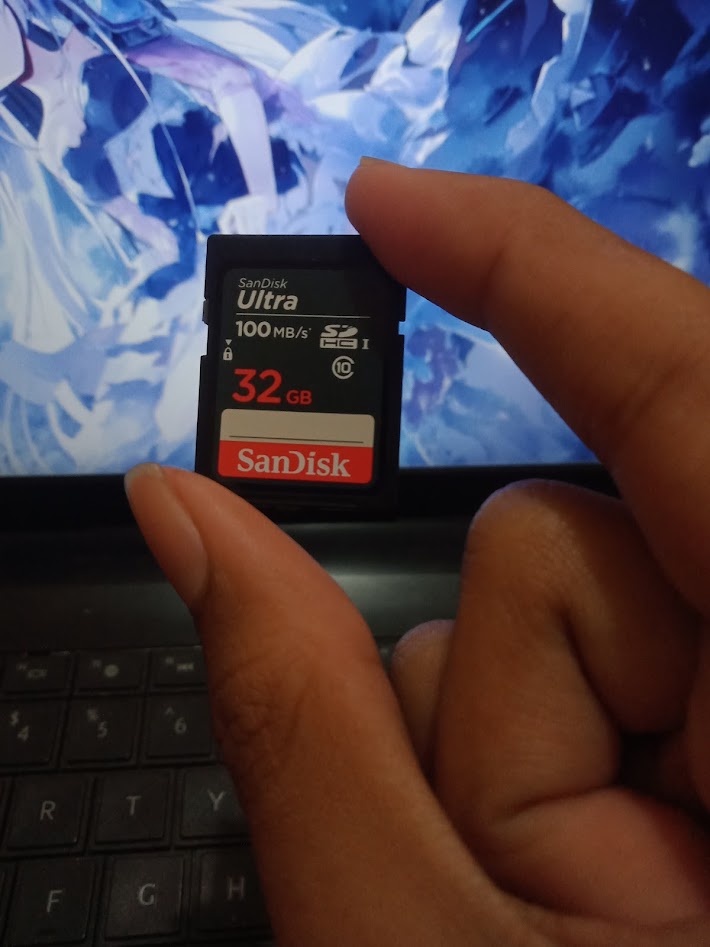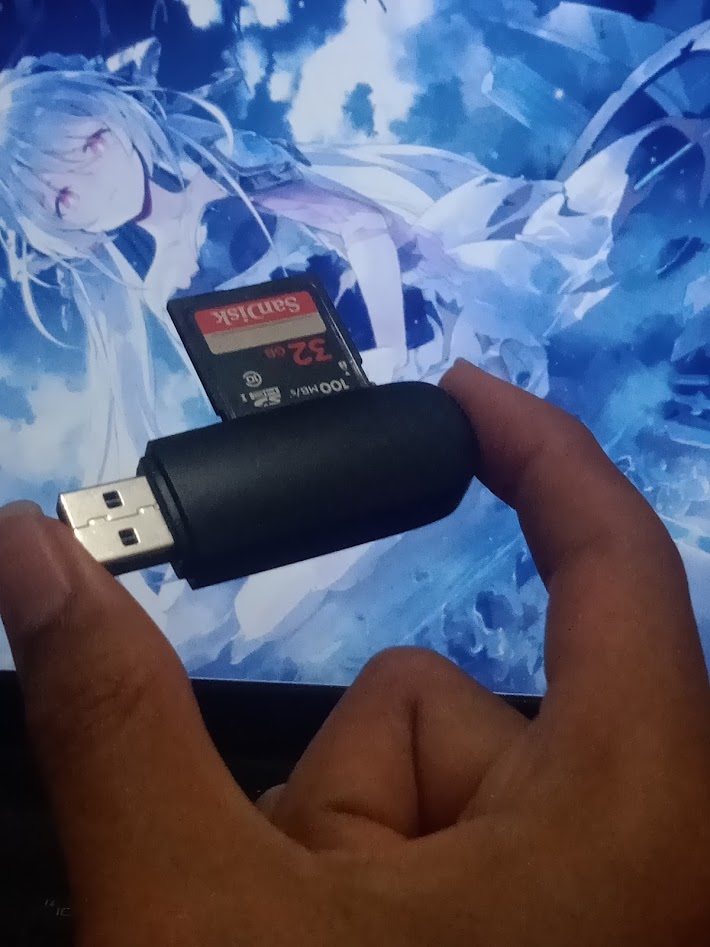Comparing: SanDisk Ultra SDHC 32GB vs AMD Radeon HD 7310 IGPU VRAM Disk
In this comparison, we analyze two Disks: SanDisk Ultra SDHC 32GB and AMD Radeon HD 7310 IGPU VRAM Disk, using synthetic benchmark tests to evaluate their overall performance. This side-by-side comparison helps users understand which hardware delivers better value, speed, and efficiency based on standardized testing. Whether you're building a new system or upgrading an existing one, this benchmark-driven evaluation offers valuable insights to guide your decision.

SanDisk Ultra SDHC 32GB
| Type: | Disks |
|---|---|
| Model: | Ultra SDHC 32GB |
| Capacity: | 32GB |
| Interface: | UHS-I |

AMD Radeon HD 7310 IGPU VRAM Disk
| Type: | Disks |
|---|---|
| Model: | Radeon HD 7310 IGPU VRAM Disk |
| Capacity: | 128MB |
| Interface: | DDR3 |
Specification Comparison Table
This specification comparison presents technical details of several devices or components to help you understand the key differences between each option. Use this table as a reference to determine which device best suits your needs.
| Specification | SanDisk Ultra SDHC 32GB | AMD Radeon HD 7310 IGPU VRAM Disk |
|---|---|---|
| Brand | SanDisk | - |
| Format | SDHC | VRAM Disk |
| Capacity | 32GB | 128MB |
| Interface | UHS-I | DDR3 |
Submission Comparison Table
This submission comparison table displays the number and details of benchmark data submissions from various devices or components. This information helps you understand the performance based on the benchmarks that have been tested, as well as providing an overview of the consistency and popularity of the available benchmark results.
| No. | Benchmark Software | SanDisk Ultra SDHC 32GB | AMD Radeon HD 7310 IGPU VRAM Disk |
|---|---|---|---|
| 1 | ATTO Disk Benchmark - 64M |
Read: 91.32 MB/s Write: 21.96 MB/s |
Read: 966.34 MB/s Write: 378.12 MB/s |
| 2 | CrystalDiskMark |
Read: 93.56 MB/s Write: 22.42 MB/s |
Read: 393.23 MB/s Write: 393.66 MB/s |
Submission Comparison Chart
This chart visualizes the benchmark scores comparison between two hardware devices based on submitted data.
Media Gallery
A collection of photos of tested hardware. These images can help you identify the physical form, model, and variant of the hardware in question. These photos are from our own documentation, and if they are not available we may not be able to document them.
About Hardware SanDisk Ultra SDHC 32GB
SanDisk Ultra SDHC 32GB is an SDHC (Secure Digital High Capacity) format memory card designed to meet the storage needs of devices such as digital cameras, camcorders, and other devices that use full-size SD cards. With a storage capacity of 32GB, this card is capable of storing hundreds to thousands of high-resolution photos, Full HD videos, and other multimedia files efficiently and securely.
Carrying a Class 10 speed class with UHS-I (Ultra High Speed Class 1) support, the SanDisk Ultra SDHC offers reliable performance for uninterrupted Full HD video recording, as well as speeding up the data transfer process from the card to a computer or other device. In tests using the VENTION USB 3.0 Card Reader with GL3224 controller, connected to a Lenovo IdeaPad Slim 3i 14ITL6 laptop via USB 3.1 Gen 1, the card showed solid performance. The CrystalDiskMark benchmark recorded read speeds of up to 93.56 MB/s and write speeds of 22.42 MB/s, while testing using ATTO Disk Benchmark (64M) showed results of 91.32 MB/s for read and 21.96 MB/s for write, proving consistent speeds for everyday use.
The physical gray design of the SanDisk Ultra series signifies the quality and durability that has been trusted by millions of users around the world. The card is also resistant to extreme temperatures, shock, X-rays, and water, making it suitable for use in a variety of conditions.
With its blend of sizable capacity, high performance, and broad compatibility, the SanDisk Ultra SDHC 32GB is an ideal choice for amateur photographers, entry-level DSLR camera users, and camcorder owners looking for the best SD card for video recording and photo storage at an affordable price. A great solution for users who want a full-size memory card that is fast, powerful, and reliable.
Device Test (testbed):
Via: VENTION USB 3.0 Card Reader GL3224 Controller
Device: Lenovo IdeaPad Slim 3i 14ITL6
RAM: 12GB DDR4 3200MHz Dual Channel (8+4)
OS: Windows 11 22H2
USB: USB 3.1 Gen 1
Sunday, 05 March 2023 03:01:01 | Update: 1 month ago
About Hardware AMD Radeon HD 7310 IGPU VRAM Disk
The AMD Radeon HD 7310 is an integrated GPU (iGPU) based on the Terascale 2 architecture embedded in some early generation E1 series APUs, such as the AMD E1-1200. With 80 Stream Processors, this GPU is designed for light tasks such as video playback, basic computing, and casual gaming with low graphics settings. Despite being an entry-level GPU and being quite old, the Radeon HD 7310 is still able to operate well for basic needs and certain technical experiments.
In this test using an HP 1000 1b05au device paired with an AMD E1-1200 processor, 4GB DDR3 RAM, and Windows 7 operating system, an interesting experiment was conducted by converting part of the VRAM allocation into a VRAMDisk using specialized GPU RAM Drive software.
VRAMDisk is a method that utilizes VRAM capacity as high-speed temporary storage, just like RAMDisk but with graphics memory. In this configuration, of the total VRAM of 384MB (plus shared memory), about 128MB was set aside to be used as a VRAMDisk. Despite the small capacity, the read and write speeds were quite surprising:
- CrystalDiskMark:
- Read: 393.23 MB/s
- Write: 393.66 MB/s
This figure shows that even using an older generation GPU with DDR3 memory and a 128-bit interface, the VRAM still has enough bandwidth for light cache tasks or fast storage experiments. This technology is not intended for daily use, but it can be an interesting alternative for technical purposes, testing, or short-term local access speeds of small files.
Given its limitations-both in terms of VRAM capacity, iGPU performance, and modern driver support-the AMD Radeon HD 7310 is definitely not an option for gaming or heavy workloads right now. However, experiments like this VRAMDisk show that legacy devices can still be creatively utilized in certain contexts, especially in resource-constrained environments.
Device test (testbed) :
Device: HP 1000 1b05au
Software: GPU Ram Drive
CPU: AMD E1-1200
GPU: AMD Radeon HD 7310 (Integrated)
RAM: 4GB DDR3 Single Channel 2 DIMM 1066MHz
OS: Windows 7
Wednesday, 26 December 2012 14:27:32 | Update: 1 month ago


